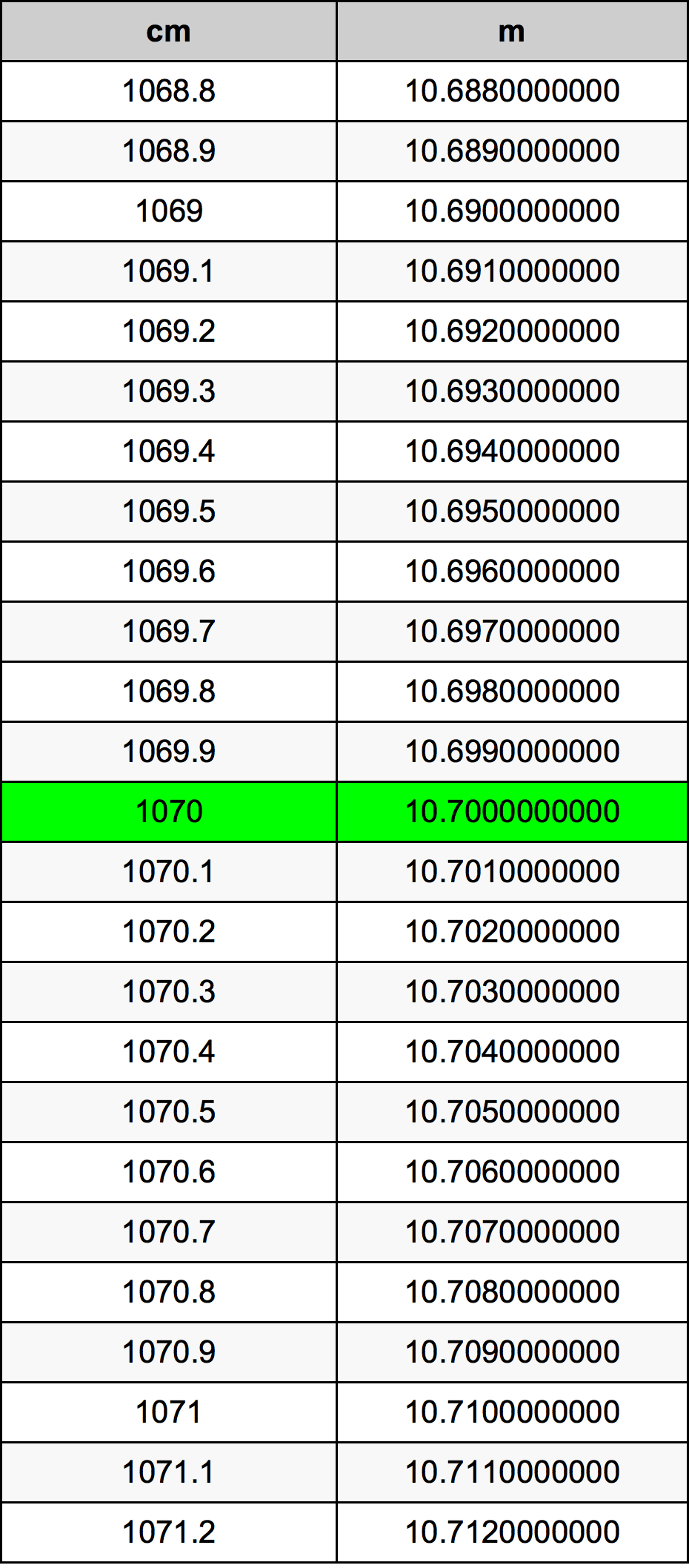

This range of uses is also found in Latin ( metior, mensura), French ( mètre, mesure), English and other languages. The etymological roots of metre can be traced to the Greek verb μετρέω ( metreo) (to measure, count or compare) and noun μέτρον ( metron) (a measure), which were used for physical measurement, for poetic metre and by extension for moderation or avoiding extremism (as in "be measured in your response"). The suffix "-meter" has the same Greek origin as the unit of length. Measuring devices (such as ammeter, speedometer) are spelled "-meter" in all variants of English. Other West Germanic languages, such as German and Dutch, and North Germanic languages, such as Danish, Norwegian, and Swedish, likewise spell the word Meter or meter. Metre is the standard spelling of the metric unit for length in nearly all English-speaking nations but not the United States or the Philippines, which use meter. After the 2019 redefinition of the SI base units, this definition was rephrased to include the definition of a second in terms of the caesium frequency Δ ν Cs. From 1983 until 2019, the metre was formally defined as the length of the path travelled by light in a vacuum in 1 / 299 792 458 of a second. The current definition was adopted in 1983 and modified slightly in 2002 to clarify that the metre is a measure of proper length. In 1960, the metre was redefined in terms of a certain number of wavelengths of a certain emission line of krypton-86. In 1799, the metre was redefined in terms of a prototype metre bar. The metre was originally defined in 1791 as one ten-millionth of the distance from the equator to the North Pole along a great circle, so the Earth's circumference is approximately 40 000 km.
#Cm to meeter full
Symbols, abbreviations, or full names for units of length,Īrea, mass, pressure, and other types.The metre (or meter in American spelling symbol: m) is the base unit of length in the International System of Units (SI). You can find metric conversion tables for SI units, as wellĪs English units, currency, and other data. However, both American and non-American forms of English agree that the spelling "meter" should be used as a suffix in the names of measuring devices such as chronometers and micrometers.Ĭonversion calculator for all types of measurement units. The internationally-accepted spelling of the unit in English is "metre", although the American English spelling meter is a common variant. The metre, symbol: m, is the basic unit of distance (or of "length", in the parlance of the physical sciences) in the International System of Units. A centimetre is approximately the width of the fingernail of an adult person.


However, it is practical unit of length for many everyday measurements. The centimetre is a now a non-standard factor, in that factors of 10 3 are often preferred. A corresponding unit of volume is the cubic centimetre. A corresponding unit of area is the square centimetre. It is the base unit in the centimetre-gram-second system of units. M to cm, or enter any two units below: Enter two units to convert From:Ī centimetre (American spelling centimeter, symbol cm) is a unit of length that is equal to one hundreth of a metre, the current SI base unit of length. You can do the reverse unit conversion from


 0 kommentar(er)
0 kommentar(er)
